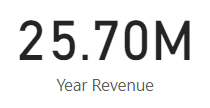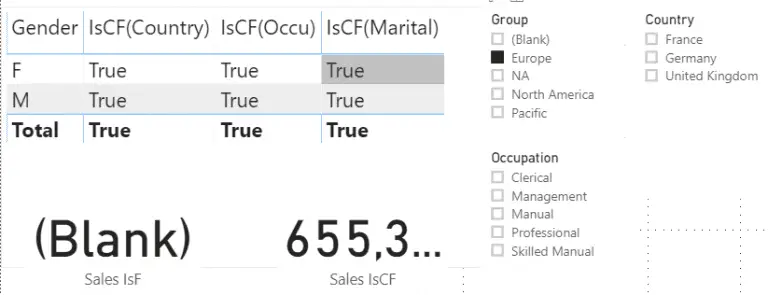NETWORKDAYS function in Power BI DAX
If you work with dates in DAX, then the NETWORKDAYS function is a must-have. This simple function can save you a lot of headaches by removing weekends and holidays from your calculations.
To use the NETWORKDAYS function, you must supply start and end dates and an optional list of holidays. The function will then return the number of weekdays between the start and end dates.
The NETWORKDAYS function is excellent for calculating project deadlines or the number of working days between two dates.
How does NETWORKDAYS function work?
You can use NETWORKDAYS to calculate how many days between two order dates or how many days an employee has been working. The function is also helpful in calculating lead time or delivery time.
To use NETWORKDAYS, enter the start date in one cell and the end date in another. Then, enter the formula =NETWORKDAYS(start date, end date). The result will be the number of days between those two dates, excluding weekends and holidays.
NETWORKDAYS(start date, end date)Example 1: simple example to illustrate usage
For example, you need to calculate the number of weekdays between two dates. The NETWORKDAYS function can help you do this quickly and easily.
To use the NETWORKDAYS function, you need to specify the start date and end date as arguments. You can also optionally specify a list of holidays as an additional argument.
The syntax for the NETWORKDAYS function is as follows:
NETWORKDAYS(start_date, end_date [, holidays])Suppose you have a data table containing start and end dates for various projects. You want to calculate the number of days each project took, excluding weekends and holidays. The NETWORKDAYS function makes this easy to do.
Pass in the start and end date columns as arguments, and the function will return the number of days between those dates, excluding weekends and holidays. In our example, we would use the following formula:
=NETWORKDAYS(StartDateColumn, EndDateColumn)You can also optionally specify a third argument for holiday dates. If provided, the function will also exclude those dates from the calculation.
Example 2: more complex example to illustrate usage
This function is handy when calculating things like lead time or project duration. For example, let’s say you’re calculating the lead time for a project. You would use the NETWORKDAYS function to calculate the number of days between the start and end dates, excluding weekends and holidays.
Lead time = NETWORKDAYS(start date, end date) - 1Benefits of using NETWORKDAYS function
There are many benefits to using the NETWORKDAYS function:
- It’s a quick and easy way to calculate the number of working days between two dates.
- It takes into account holidays and weekends, so you don’t have to worry about those pesky details.
- It’s a great way to avoid making mistakes when calculating the number of working days between two dates.
Conclusion
If you work with data that includes dates, then you know the importance of being able to calculate things like the number of days between two dates or the number of weekdays in a given month. DAX has a few essential functions that make these calculations easy, one of which is NETWORKDAYS.
For more to learn, please visit Learn DAX





